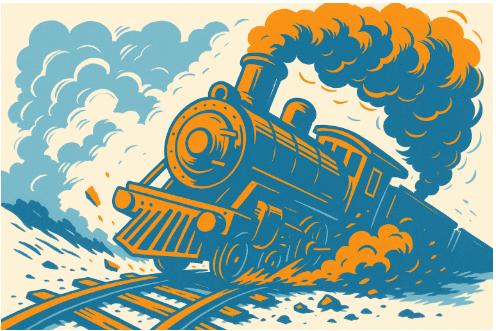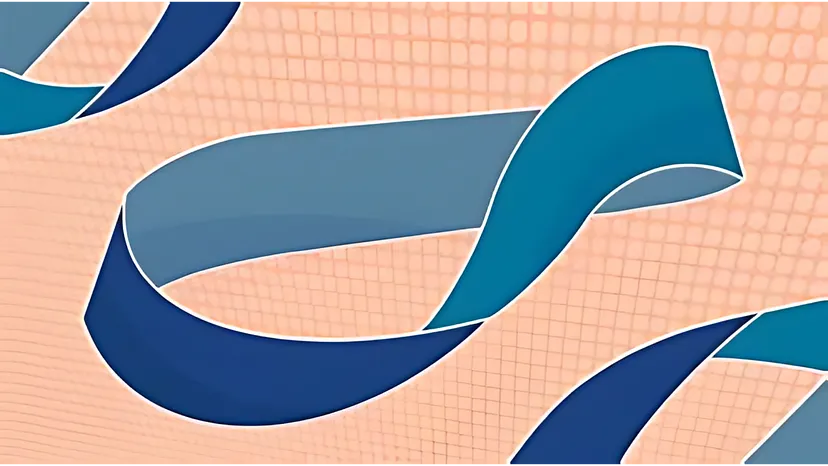Let’s dive deep into the world of Web 3.0
“Web 3.0 can completely transform the way you and I consume the internet”, claim some of the web 3.0 enthusiasts. However they nowhere claim that it can make and serve you pizza. By the way, read my blog on sandwiches and the VC Ecosystem.
Coming back to web 3.0, where did all this start?
There is no proof backing the origin of web 3.0, however some credible sources suggest that web 3.0 was coined by Gavin Wood (Parity Technologies) back in 2014 to lay down his vision of the internet of the future.
So is web 3.0 the vision given by Wood?
Yes and no. Web 3.0 is no version or update of the already prevalent web. It’s the outlook driven by decentralization of and not limited to its constituents.
(Figure 1 : Ace Infoway)
Where do all of your data files reside? What happens if the server that hosts your data crashes unexpectedly? It is possible to lose all the data if the server never restarts, but if you have backup copies of your data elsewhere, the above situation won’t be a problem because you can still access the data from other servers even if one goes down.
The above is an example of Decentralization. Decentralization lies at the core of Web 3.0, its evolution backs the claim.
The initially created operating systems in the 1990s powered Web 1.0, which was supported by computers of those times. The original web was made up of a series of links leading from one source to another, also known as hyperlinks. These hyperlinks allowed users to browse through a collection of read-only documents & Web 1.0 was born to be known as – the “Read-only“ web.
Moving forward, the idea behind web 2.0 fundamentally changed how people accessed the web. It became more centralized as a result of the change from being widely owned to being held by internet giants.
Google and other new generation operators made web engagement interactive with their tools like chats, videos, etc, thus giving it its name the “Interaction” web.
But Web 2.0 came with its limitation of data centralization. As the entire database went in danger if the central server got compromised.
The above idea gave rise to the need of a decentralized web or Web 3.0, which aimed to eliminate the limitations while maintaining the interactiveness of Web 2.0.
Decentralizing the web and giving data back to its owners made the network immune to compromise. As to compromise the network, millions of verifiers needed to be hacked which is practically impossible. This thus gave Web 3.0 its name as the “Ownership” web.
The next-generation software, Blockchain, and advanced hardware, such as AR headsets, IoTs, and many more, are driving Web 3.0 .
Blockchain is a topic for another blog, but to comprehend it now, we can characterize it as a decentralized network of verifying devices (nodes) that work together to validate a piece of information.
As mentioned for decentralized networks, tampering data over blockchains requires simultaneous tampering of millions of its nodes (validators) which is practically impossible, thus making the data tamper proof in contrast to its predecessor.
To summarize,
-
Web 1.0 was a set of hyperlinks of read-only documents.
-
Web 2.0 was the successor of web 1.0, as it introduced new formats to consume content like Videos, Chats, Gamification etc. And made the internet more centralized towards internet giants.
-
Web 3.0 has further introduced formats to consume content like augmented and virtual reality. Web 3.0 maintains all of Web 2.0’s capabilities, except that control lies with not one, but many.
Way forward…..?
Entrepreneurs and enthusiasts have already begun to explore Web 3.0’s potential. The prominent example of NFTs where instead of enjoying a good piece of art with everyone, you can own it. The tamper proof ownership backed by the blockchain technology.
Furthermore, a technology like google maps (launched in 2005) would not have been viable for the Web 1.0 era. This is better described by the “law of composability,” the law states as the underlying technology advances (web 3.0 for the case) it simultaneously unlocks potential for newer technologies to be developed.



